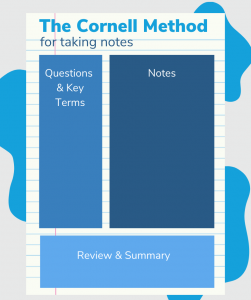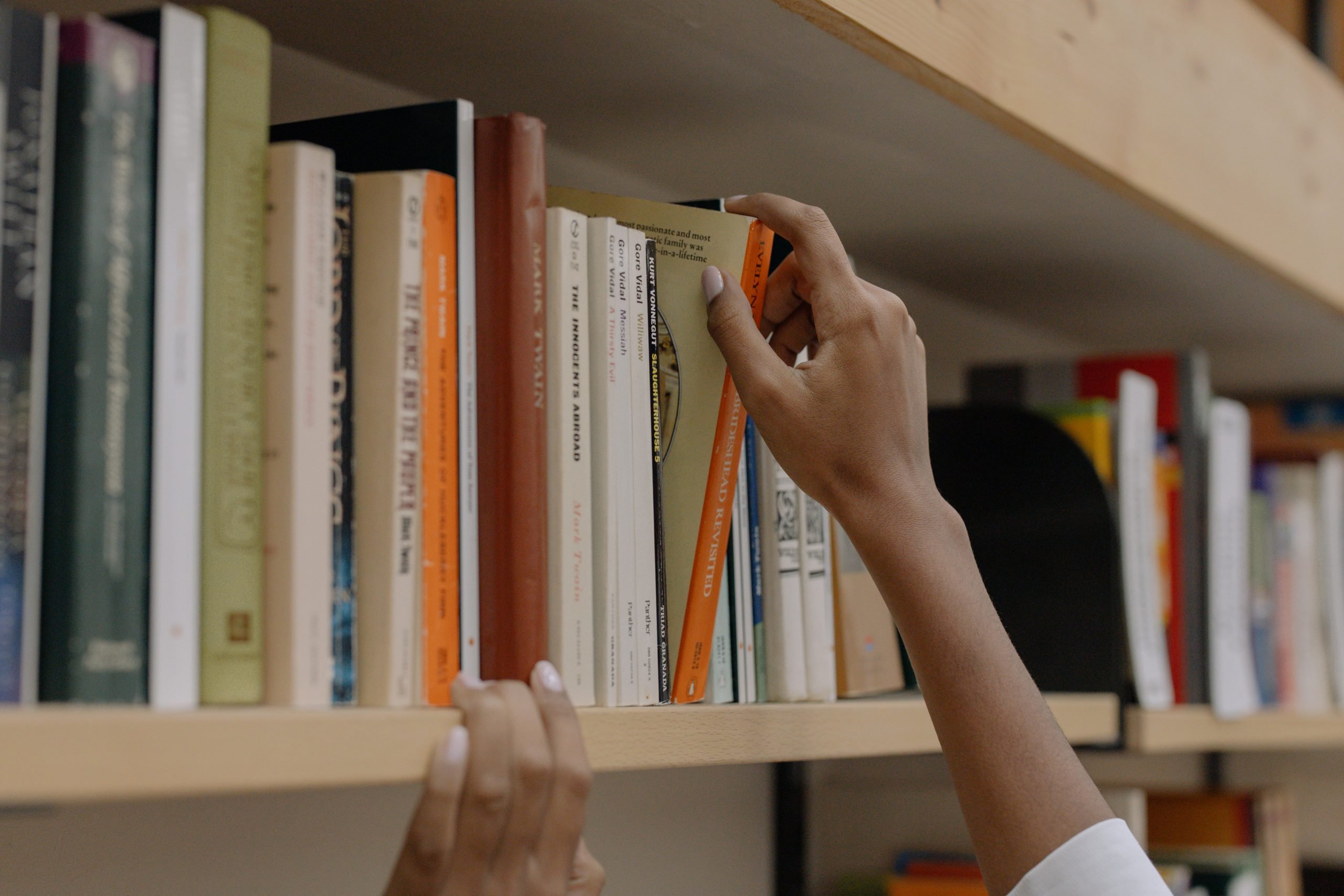As a college student, learning how to take clear, concise, and effective notes can save you a lot of headache when it’s time to study. Plus, taking good notes has been shown to help you do better in the course. Unfortunately, there is no class in high school on how to take good notes.
There are many different types of note-taking approaches to use, and the best one is one that you stick with. But if you are still looking for a method that clicks for you, the Cornell note-taking method is one of the most popular because it is both a way to organize information and a study tool.
How The Cornell Note-taking Method Words
This type of note-taking was developed by a Cornell University education professor, Walter Pauk. Professor Pauk wrote about this method in his book, How to Study in College.
There are three main parts of the Cornell note-taking approach:
1. Note-taking area
2. Questions and Keywords
3. Summary
Let’s explore each of these a bit more so you know what needs to be done in each section.
Notes Section
The note-taking area will be the section that you first use. This is the section where all of your notes will go. Whether you are listening to a professor speak in real-time, or if you are taking notes based on the readings and materials in an online or self-paced course, all of your notes will go in this Notes area. Write down details and specifics about what is being covered, including anything that stands out to you. You’ll refine and synthesize later.
Questions & Keywords
The second section is the ‘Questions and Keywords’. This is where you highlight any key terms from the material or questions you have. For example, if you are studying the Boston Tea Party, you might highlight the Stamp Act and “taxation without representation” as major themes, and possibly ask, “why did they decide to use tea?” You can add to this section while you are taking notes, but it works well as a way to review your notes immediately after class or when you’ve finished a recorded lecture or reading. This section will also make it easier when you are studying to easily locate bigger themes across an entire course.
Summary
Finally, the last part of the Cornell approach to taking notes is the ‘Summary’ section. This section is what it sounds like: a brief summary of your notes. This section is part of your studying and should stay blank until after you’ve filled in the other two sections. You will write your summary of the notes only after you have reviewed them (a few times, ideally) and when you have a good understanding of everything that you covered in them. Try to be as concise but complete as possible, and keep it to two to three sentences.
Why The Cornell Note-taking Method Works
Generally, there are many benefits that come from taking notes, such as being able to remember more information and making it easier to study. And it helps you pay attention/stay awake during class. Taking notes can help you for both synchronous and asynchronous classes, for any subject and class that you are taking.
Using the Cornell method, you are combining your note-taking process with your study prep. Not only do you have all of the details in the notes section, but you also have the main points outlined in the Keywords section, making those easy to find. When it comes time to study for a test or gather information for a paper, this structure keeps you from having to go back and re-read everything multiple times looking for the key piece of information.
Another benefit of the Cornell method is it promotes hand-written notes. Sure, you could set up a Google doc into sections, but it’s super easy to draw a couple of lines in a notebook and go. And there is some research that says writing by hand helps with retention, compared to typing your notes.
Find A Note-taking Approach That Works For You
While there is no one right or wrong note-taking approach to use, the Cornell method has remained popular with students and faculty for decades. If you are trying to find a note-taking method that works for you, give this one a shot. It can save you time and a lot of stress when it comes time for your exams or Mastery Assignments.
Want to learn more? Here are some additional resources on this note-taking strategy:
We also have a blog post on a few other note-taking strategies if you want to try something new.
Caleb received his graduate degree in Communication and Leadership Studies and an undergraduate degree with a double major in Communication Studies and English. Caleb has years of teaching experience teaching and has taught classes in Communication Studies, College Success, and English to high school students, adult learners, and traditional-aged college students.





